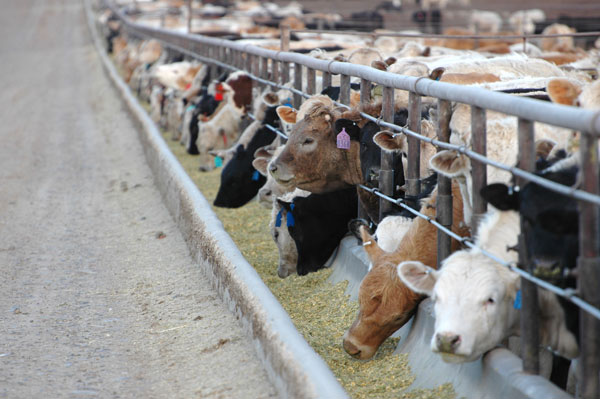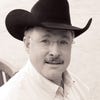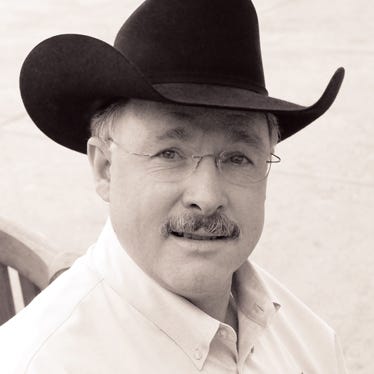Trend continues toward heavier feedlot placement weights
Carcass weights may plateau in the future, but cattle feeders have incentive to finish them heavier for now.
March 6, 2017

Prior to 2012, Derrell Peel, Extension livestock marketing specialist at Oklahoma State University, explains the annual average percentage of heavy placements (cattle weighing more than 800 pounds) each month was fairly constant at about 28%. Since 2012, the percentage of heavyweight placements increased to last year’s average of 36.8%.
“The increase in heavy-weight feedlot placements in recent years was no doubt heavily motivated by high feedlot cost of gain over much of the period,” Peel explains. “However, even with sharply lower feed costs in 2017, there are several reasons that placement weights may not decline much in the coming months.”
Feedlots generally prefer to feed older, heavier cattle, which is more possible with growing cattle numbers. Continued changes in cattle genetics, feeding management and feeding technology allow cattle to be fed efficiently to heavier weights. Placement of heavier animals in feedlots may also be contributing to the increase in the Choice-grading percent in recent years, he says.
Plus, Peel explains placement weights drive finished weights by different degrees. Sharing the analysis of data from more than 500,000 cattle fed at a feedlot in the Southern Plains, Peel explains that for steers placed between 600-850 pounds, each additional pound of placement weight increases sale weight by an average of 0.52 pounds. At weights heavier than 850 pounds, each additional pound of placement weight increased sale weight by 1 pound.
“A similar but even more exaggerated pattern is true for heifers, with placements between 550-800 pounds producing an average of 0.48 pounds of sale weight for each additional pound of placement weight,” Peel says. “For heifers placed at weights over 800 pounds, each additional pound of placement weight results in 1.38 pounds of additional sale weight.”
Longer term, Peel expects slaughter and carcass weights to increase at a slower pace or to plateau. In part, he says it’s due to demand limitations for ever-larger carcasses.
About the Author(s)
You May Also Like





